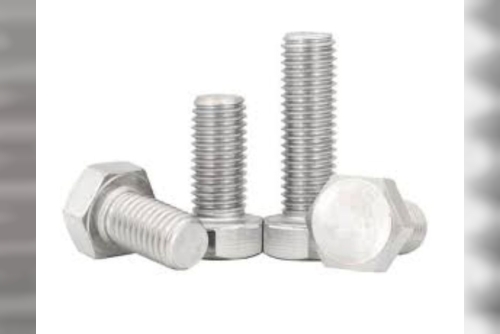As the demand for lightweight, high-performance materials grows across aerospace, automotive, wind energy, and sporting industries, carbon fiber from carbon fiber sheet factory has become an essential component due to its exceptional strength-to-weight ratio and durability. However, the environmental impact of carbon fiber production and disposal presents significant challenges. Traditional manufacturing processes are energy-intensive, and end-of-life composites often end up in landfills due to limited recycling infrastructure. In recent years, significant progress has been made toward developing more efficient and sustainable carbon fiber recycling technologies.
One of the most promising methods is pyrolysis, which involves heating carbon fiber composites in an oxygen-free environment to break down the resin matrix. This technique preserves the structural integrity of the fibers while removing the binding materials. Recent advancements have improved the purity and mechanical performance of the recovered fibers, making them more viable for use in secondary applications.
Another growing method is solvolysis, where chemical solvents are used to dissolve the resin matrix at relatively low temperatures. This process has shown promise in retaining the fiber’s original mechanical properties and can even allow for partial recovery of resin materials. Researchers are actively optimizing solvent systems and reaction conditions to increase process efficiency and minimize environmental impact.
Mechanical recycling, which involves grinding composite materials into smaller pieces for use in non-structural applications, has also seen improvements. While this method does not preserve the original fiber length, it provides a cost-effective solution for lower-grade applications such as injection-molded components or thermal insulation products. Blending mechanical recycling with advanced separation techniques has led to improved fiber quality and more consistent output.
In addition to technical innovations, industry collaborations and policy shifts are helping drive the adoption of carbon fiber recycling. Major aerospace and automotive manufacturers are increasingly integrating recycled content into their supply chains, encouraged by sustainability goals and regulatory pressures. Moreover, startups and research institutions are developing closed-loop systems that allow for the continuous reuse of carbon fiber composites.
Despite these advances, challenges remain in scaling these technologies for widespread commercial adoption. Economic feasibility, quality assurance, and process standardization are ongoing concerns. Continued investment in research and infrastructure, coupled with industry-wide support, will be critical in overcoming these barriers.
Carbon fiber recycling is no longer a niche endeavor—it is rapidly becoming a cornerstone of circular manufacturing. As innovations continue to mature, the industry moves closer to a future where high-performance materials can be both efficient and sustainable.












